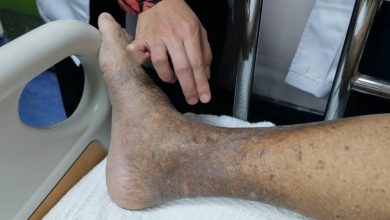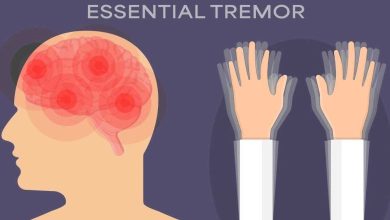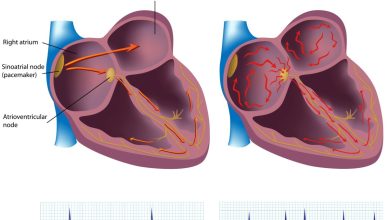Dwarfism Cause, Symptoms, Diagnosis and Treatment

What Is Dwarfism?
Dwarfism is commonly defined as an adult height of 4 feet 10 inches (147 centimeters) or less.
Dwarfism can be divided into two categories:
- Disproportionate dwarfism.
This is marked by some parts of the body being small, and others being average size. Disorders which cause this dwarfism are known to inhibit development of bones.
- Proportionate dwarfism
In this category, all parts of the body are equally small. This results from overall limited growth due to certain medical conditions.
Causes Of Dwarfism:
Some dwarfism related conditions are caused due to genetics while the causes of other types are unknown.
The following conditions result in dwarfism:
- Achondroplasia
- Turner syndrome
- Growth hormone deficiency
Symptoms Of Dwarfism:
Different types of dwarfism are marked by different types of symptoms.
Overall, the following symptoms are exhibited:
- In Achondroplasia:
- An average-size trunk
- Short arms and legs, with particularly short upper arms and upper legs
- Short fingers, often with a wide separation between the middle and ring fingers
- Limited mobility at the elbows
- A disproportionately large head, with a prominent forehead and a flattened bridge of the nose
- Progressive development of bowed legs
- Progressive development of swayed lower back
- An adult height around 4 feet (122 cm)
- In spondyloepiphyseal dysplasia congenita (SEDC):
- A very short trunk
- A short neck
- Shortened arms and legs
- Average-size hands and feet
- Broad, rounded chest
- Slightly flattened cheekbones
- Opening in the roof of the mouth (cleft palate)
- Hip deformities that result in thighbones turning inward
- A foot that’s twisted or out of shape
- Instability of the neck bones
- Progressive hunching curvature of the upper spine
- Progressive development of swayed lower back
- Vision and hearing problems
- Arthritis and problems with joint movement
- Adult height ranging from 3 feet (91 cm) to just over 4 feet (122 cm)
- In proportionate dwarfism:
- Height below the third percentile on standard pediatric growth charts
- Growth rate slower than expected for age
- Delayed or no sexual development during the teen years
Diagnosis Of Dwarfism:
The following diagnostic tests confirm the diagnosis of dwarfism:
- Measurements
- Appearance
- Imaging technology
- Genetic tests
- Hormone tests
- Family history
Treatment Of Dwarfism:
The following treatments are available:
- Surgical treatments
- Correcting the direction in which bones are growing
- Stabilizing and correcting the shape of the spine
- Increasing the size of the opening in bones of the spine (vertebrae) to alleviate pressure on the spinal cord
- Placing a shunt to remove excess fluid around the brain (hydrocephalus), if it occurs
- Limb lengthening
- Hormone therapy
By : Natural Health News




